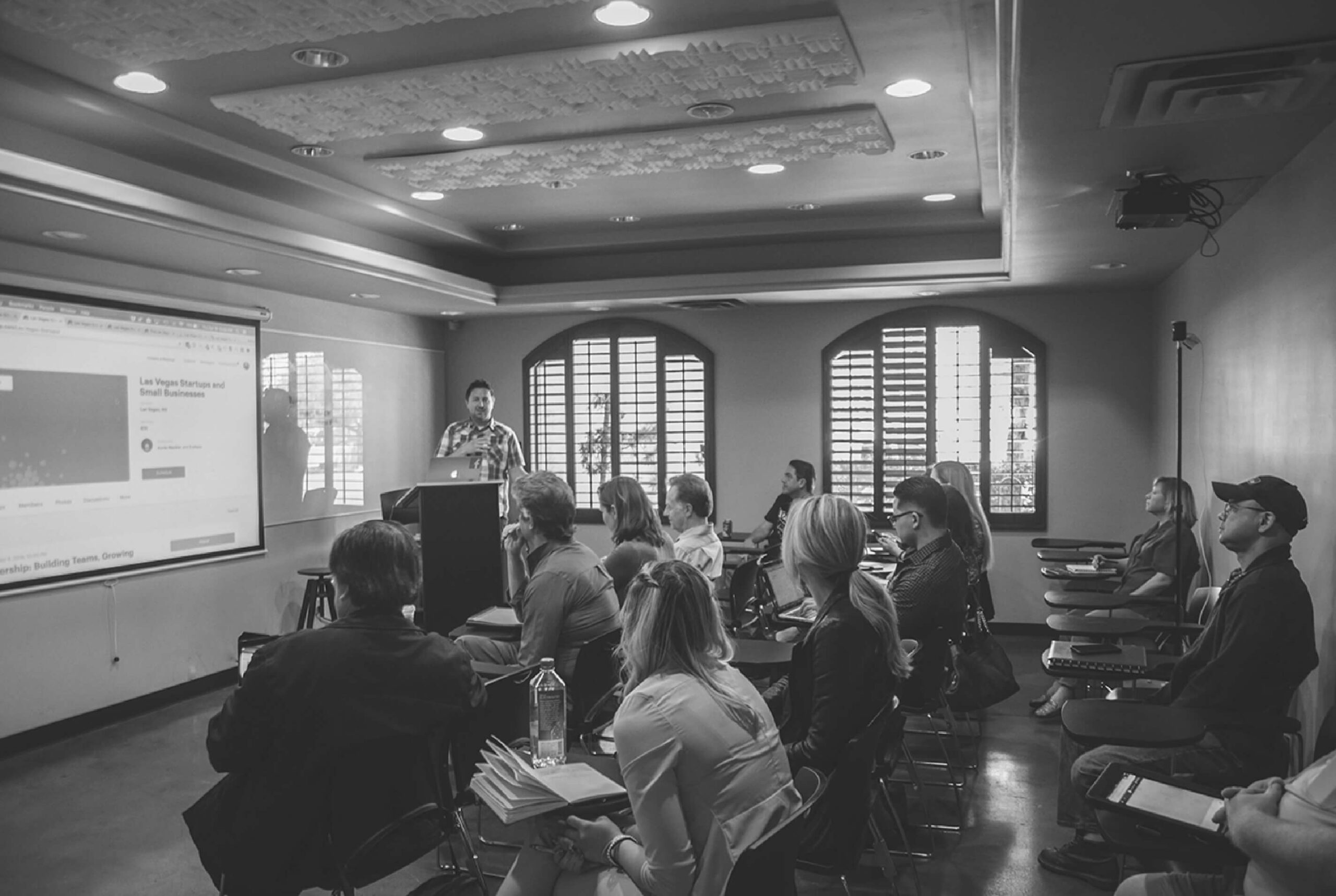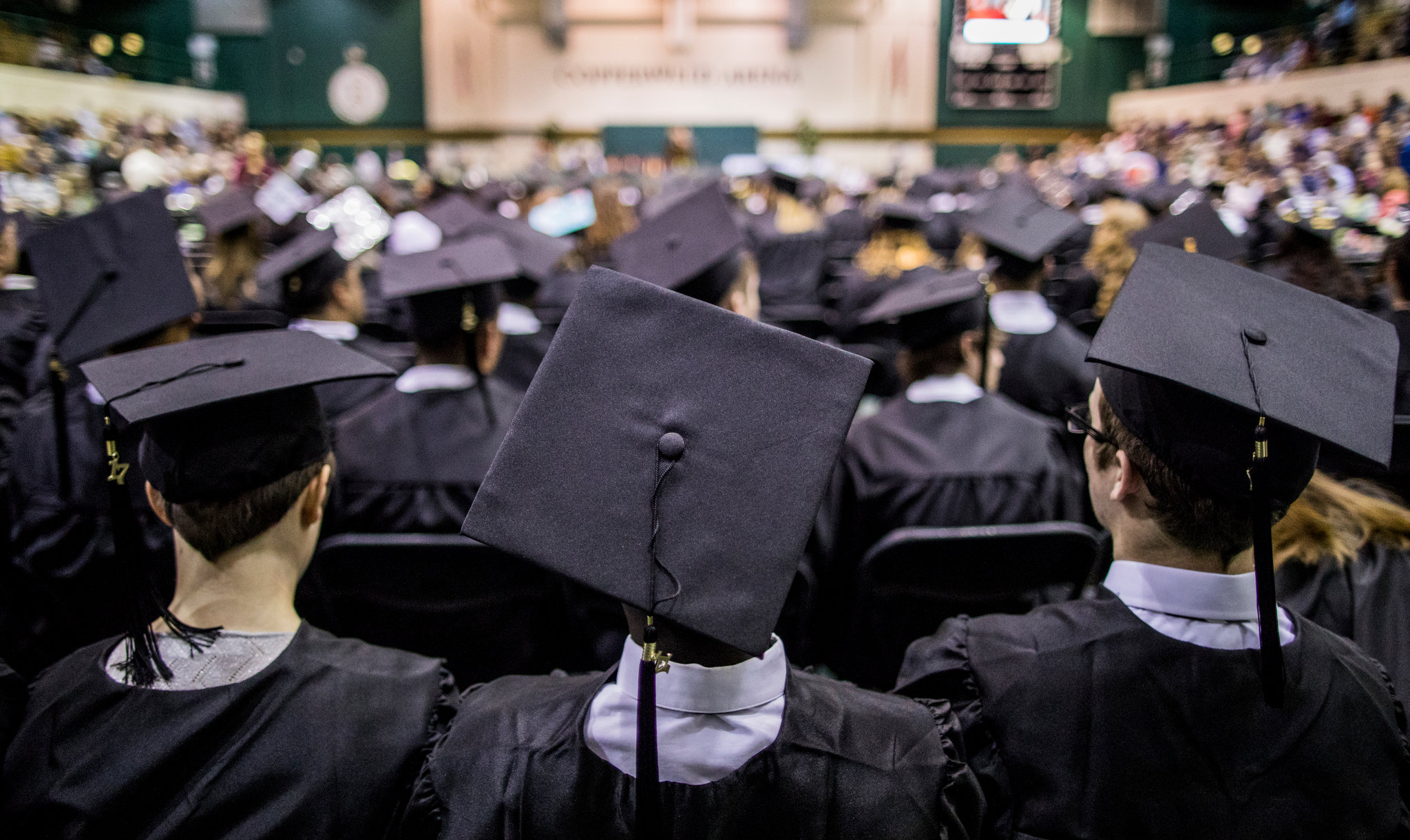
Opinion | College for the Disadvantaged | The New York Times |
Read the Partnership’s published comment to a recent article by New York Times columnist David Leonhardt on flat college degree completion rates despite significant increases in college enrollment for our lowest income students.
LISA CASTILLO RICHMOND
CHICAGO
The writer is managing director of the Partnership for College Completion.
To the Editor:
David Leonhardt calls for new approaches to support underrepresented students in completing college degrees. These approaches focus on what happens when a young person gets to a college campus. We should not overlook successful existing strategies that bring the college campus directly to young people, in their communities and without cutting corners.
Early college — embedding as much as two years of tuition-free college during public high school — is one such strategy. In Bard College’s network of public early colleges, more than 75 percent of first-generation students finish high school with Bard associate’s degrees, tuition free. In these programs, the often-difficult transition from high school to college happens seamlessly and under one roof.
This work is built on a simple premise: that institutions of higher education should adapt to students, not the other way around. Alarming inequities in college-degree completion compel us to rethink where and when college learning happens. We have found that early college in public high schools is a great place to start.


